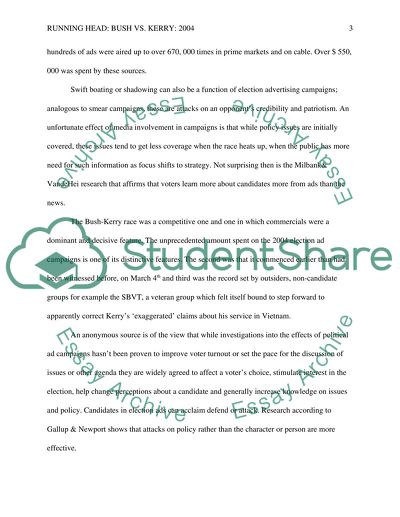Cite this document
(“Media Research Paper Example | Topics and Well Written Essays - 1250 words”, n.d.)
Retrieved de https://studentshare.org/other/1392750-media
Retrieved de https://studentshare.org/other/1392750-media
(Media Research Paper Example | Topics and Well Written Essays - 1250 Words)
https://studentshare.org/other/1392750-media.
https://studentshare.org/other/1392750-media.
“Media Research Paper Example | Topics and Well Written Essays - 1250 Words”, n.d. https://studentshare.org/other/1392750-media.


